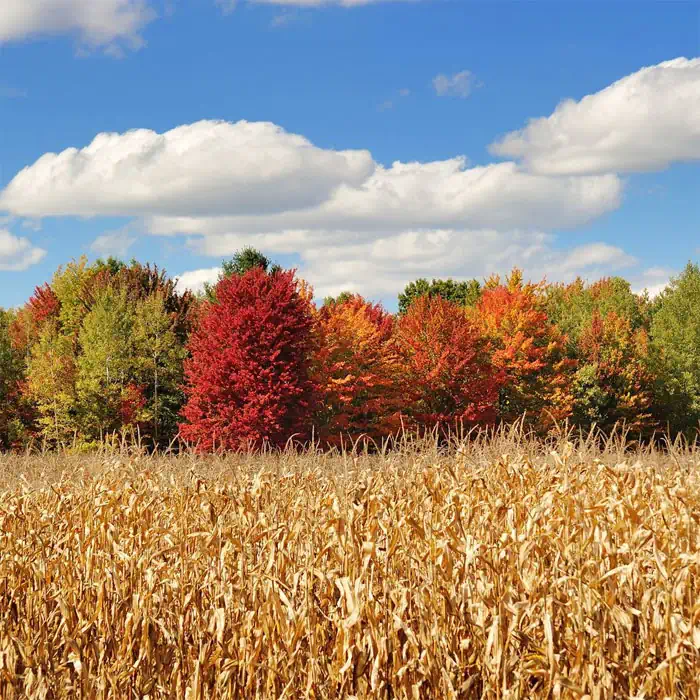 856-691-2497
| Fax 856-692-9007
856-691-2497
| Fax 856-692-9007
 856-691-2497
| Fax 856-692-9007
856-691-2497
| Fax 856-692-9007

October is the time when farm markets reach the peak of their harvest season. Fruits and vegetables that have been nurtured throughout the year are now ripe and ready for picking. This includes a wide range of produce, from apples and pumpkins to late-season tomatoes, root vegetables, and winter squash. Farmers and their teams work diligently to ensure that these crops are harvested at their peak of flavor and quality. The abundance of produce on display is a testament to the hard work and dedication that goes into farming throughout the year.
In regions where frost is a concern, the threat of the first freeze can pose a challenge to farmers. To protect sensitive crops from damage, they often employ various methods such as covering them with row covers, plastic tunnels, or frost blankets. These protective measures help extend the growing season for certain crops, allowing them to be harvested later into the fall. It's a delicate balance between providing warmth and airflow to prevent frost damage while allowing the plants to continue growing.
With a bounty of fresh produce pouring in from the fields, farm markets must manage their inventory effectively. This involves keeping track of quantities, assessing the condition of each item, and determining what can be sold immediately and what needs to be used for preservation. Managing inventory efficiently ensures that customers have access to the freshest and highest-quality produce.
Preservation is a key aspect of preparing for the end of the season. Farm markets often engage in various methods of preserving surplus produce, such as canning, freezing, and drying. These preserved goods not only allow farm markets to make the most of their harvest but also provide customers with the opportunity to enjoy the flavors of the season throughout the winter and into the spring months. Jams, pickles, and dried fruits become staples on the shelves.
As the season draws to a close, farm markets take the time to conduct thorough cleaning and maintenance of their facilities. This includes cleaning market stands and displays, tidying up storage areas, and ensuring that equipment and machinery are in good working order. Proper maintenance not only enhances the appearance of the market but also extends the life of equipment, reducing the need for costly repairs.
October is a prime time for seed saving. Farmers may collect and save seeds from their crops, preserving the genetic diversity of their plants and reducing the need to purchase new seeds for the next growing season. This practice helps maintain biodiversity and sustainability in agriculture.
While October signals the end of the current growing season, it's also a time for farmers to plan for the next year. This involves evaluating the success of the current season, making adjustments to crop rotation plans, and ordering seeds and other supplies for the upcoming growing season. The planning process starts early to ensure a smooth transition into the next growing cycle.
For farm markets that close during the winter months, proper closing and winterization are essential. This includes shutting off water systems, protecting structures from snow and ice, and securing equipment and machinery. Winterization ensures that everything is in good condition when it's time to reopen for the next season.
As October ushers in the beauty of autumn, fruit and vegetable farm markets are a hive of activity, bustling with the harvest of the year's efforts. This pivotal month sees farmers and market staff working diligently to ensure the freshest and highest-quality produce for their customers. From protecting sensitive crops from frost to managing inventory, preserving the harvest, and engaging with the community, farm markets leave no stone unturned in their preparations for the end of the season.
The dedication and hard work that go into preparing for the end of the season are a testament to the passion and commitment of those who bring fresh, locally grown produce to our tables. So, the next time you visit your favorite farm market in October, take a moment to appreciate the behind-the-scenes efforts that make it all possible. As the leaves fall and the temperatures drop, these markets continue to be a source of fresh, seasonal goodness, ready to bring the flavors of the harvest to your table.